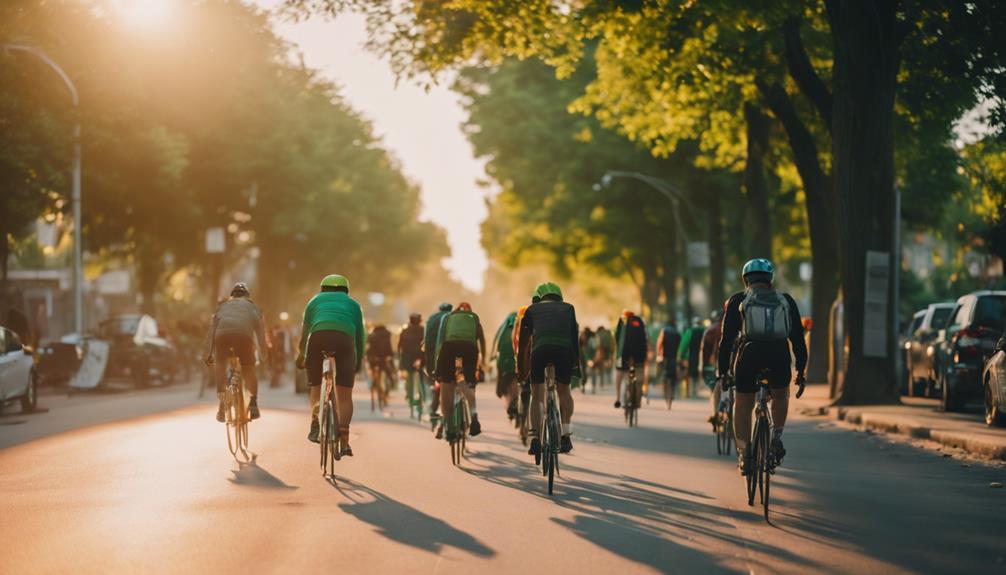In an age dominated by high-speed motorcycles and electric scooters, vintage bikes stand out as timeless pieces of engineering and design. They not only represent a nostalgic return to simpler times but also embody a unique blend of artistry, craftsmanship, and mechanical ingenuity. This article delves into the history, appeal, maintenance, and culture surrounding vintage bikes, providing insights for enthusiasts and newcomers alike.
Understanding Vintage Bikes: A Brief History
The term “vintage bike” typically refers to motorcycles or bicycles that are at least 25 years old. These machines often come from a golden era of design and technology, which spans from the early 1900s to the late 1980s. The vintage bike movement has gained momentum in recent years, fueled by a growing appreciation for classic aesthetics and mechanical simplicity.
Some notable milestones in the history of vintage bikes include:
- 1901: The launch of the first petrol-powered motorcycle, the Indian Motorcycle.
- 1920s: The rise of iconic brands such as Harley-Davidson and BMW.
- 1960s: The emergence of Japanese manufacturers like Honda and Kawasaki, which revolutionized motorcycle design.
- 1980s: The introduction of the sportbike, changing perceptions of speed and performance.
The Appeal of Vintage Bikes
Why do vintage bikes captivate so many enthusiasts? The reasons are multifaceted:
- Timeless Design: Vintage bikes often feature unique aesthetics that showcase the design philosophies of their time, from art deco influences to minimalist engineering.
- Mechanical Simplicity: Many vintage bikes are easier to work on, with fewer complex electronics and simpler mechanics compared to modern counterparts.
- Nostalgia: For many, vintage bikes evoke memories of youth, freedom, and adventure, creating an emotional connection that modern machines may lack.
- Community and Culture: Owning a vintage bike often means joining a vibrant community of enthusiasts who share a passion for restoration, riding, and history.
Types of Vintage Bikes to Consider
When exploring the world of vintage bikes, you’re likely to encounter various types, each with its unique charm:
- Classic Motorcycles: Brands like Harley-Davidson, Indian, and Triumph are highly sought after. Models such as the Harley-Davidson Panhead and the Triumph Bonneville are iconic.
- Café Racers: These bikes are stripped-down versions of classic motorcycles, designed for speed and style. They originated from the 1960s UK racing culture.
- Dirt Bikes: Vintage dirt bikes, such as the Honda XR series, appeal to off-road enthusiasts and those who appreciate rugged design.
- Vintage Road Bikes: For bicycle enthusiasts, brands like Schwinn and Raleigh offer classic models with lightweight frames and simple gearing systems.
The Economics of Vintage Bikes
Investing in vintage bikes can be both a passion and a financial decision. The market for vintage motorcycles has shown significant growth over the years, with some models appreciating substantially in value. For instance:
- The 1969 Honda CB750, often considered the first “superbike,” has seen values rise from a few thousand dollars to over $10,000, depending on condition.
- Classic Harley-Davidsons from the 1960s and 1970s can fetch prices well into the six figures at auctions.
- Rare models, like the Vincent Black Shadow, are among the most valuable, with some selling for upwards of $1 million.
However, the investment is not just about potential resale value; it’s also about the enjoyment and community that comes with ownership.
Maintenance and Care for Vintage Bikes
Owning a vintage bike comes with its challenges, particularly in terms of maintenance. Unlike modern bikes that may have warranties and service plans, vintage motorcycles require dedicated care. Here are some essential maintenance tips:
- Regular Inspections: Check essential components like brakes, tires, and lights regularly to ensure safety.
- Fluid Changes: Regularly change engine oil, coolant, and brake fluid to keep the bike running smoothly.
- Preserve Original Parts: Whenever possible, retain original parts. This not only preserves the bike’s value but also maintains its authenticity.
- Seek Expert Help: If you’re unfamiliar with bike mechanics, consider hiring a specialist who has experience with vintage models.
Vintage Bike Culture and Events
One of the most rewarding aspects of vintage bike ownership is the community that surrounds it. From local riding clubs to international rallies, there are countless opportunities to connect with fellow enthusiasts. Some notable events include:
- Barber Vintage Festival: Held annually in Alabama, this event showcases vintage motorcycles and features races, swap meets, and exhibitions.
- Moonshine Run: An informal gathering of vintage motorcycle enthusiasts in the U.S., where riders traverse scenic routes.
- Classic Motorcycle Show: Various cities around the world host shows where collectors display their prized vintage bikes, often with competitions for best-in-show.
Conclusion: The Timeless Appeal of Vintage Bikes
Vintage bikes represent more than just modes of transportation; they are symbols of history, craftsmanship, and community. The allure of these machines lies in their unique ability to evoke nostalgia while providing a sense of freedom and adventure. Whether you’re a seasoned collector or a newcomer fascinated by their charm, vintage bikes offer an exciting world to explore.
As you consider diving into this realm, remember that ownership is not merely about the bike itself; it’s about becoming part of a rich culture that values history, craftsmanship, and camaraderie. With proper care and a passion for the ride, a vintage bike can provide not only joy and adventure but also a lasting legacy.
